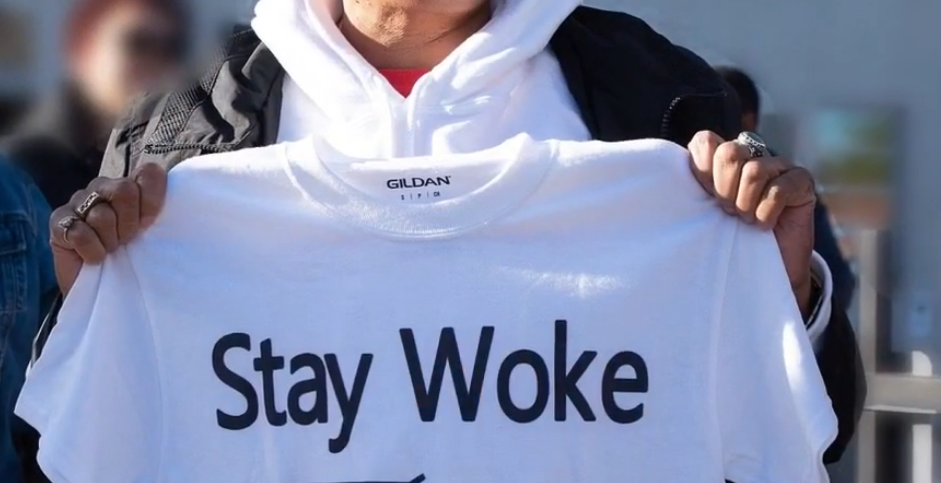Dr. Spriggs. Photo: Black Enterprise
[Op-Ed]
The world’s mainstream consensus has become that inequality is a problem facing nations, from the think tank of the advanced democracies—the Organization for Economic Cooperation and Development (OECD); the important agents for funding global development—the International Monetary Fund (IMF); to the world’s private economic elites—the World Economic Forum. Conservatives wish to push back against this consensus, in hopes of reviving a view that only growth matters. Of course, such a view is obviously wrong for three important reasons.
First, the United States enjoyed its most rapid growth during the post-World War II era through 1979, achieving growth while greatly diminishing inequality. It should be noted that the growth was accompanied by a rate of productivity growth much higher than today. That is important because the rise in productivity and the increase of capital intensity of production did not lead to robots replacing workers or impoverishing workers; instead, a host of policies insured shared prosperity by raising wages with productivity so that the growing demand outpaced the machines. It is also important because compared to today, it occurred with much higher marginal income tax rates, a greater share of U.S. government revenue coming from corporate taxes and ever-rising federal minimum wages, union density and expansions of Social Security.
Second, the U.S. experience and current cross-national comparisons of growth and inequality clearly demonstrate that growth and equality are not trade-offs. We can have growth and lower inequality. So politicians that only advocate for growth are not being genuine in presenting all policy alternatives.
Third, it is clear from the experience of the past 35 years in the United States, we can have growth and rising inequality. So growth does not necessarily produce improving lifestyles for everyone, or most everyone. In fact, the earliest years of the recovery from the Great Recession showed that growth can take place and only 1% of the population can enjoy it.
These same conservatives argue that inequality is not the purview of the Federal Reserve. They posit that the Fed need only concern itself with a stable money supply to accommodate growth of the economy and assurances of a stable price environment that can accommodate rational economic planning for investment. But this view, too, is wrong.
The Fed has one blunt instrument to effect economic outcomes and that is setting the price of money with interest rates. When the economy has broad-based economic growth, setting the interest rate has clear effects on the real economy. When the economy expands and incomes are rising, the Fed can raise interest rates. This will have the effect of changing the relative decision of households to save or invest their marginal gains in income—higher interest rates induce households to save, low interest rates make the cost of borrowing low and the inducement to consume increases. Slowing consumption means the economy can continue to grow but at a slower level; hopefully, slow enough to match productivity gains and so keep prices from being bid up, resulting in inflationary pressures.
But when the economy has high levels of inequality, the problem for the Fed is that its instrument is too blunt. When incomes are rising for only a small share of households, broad-based demand is not growing because the customer base is not expanding. At the household level, frozen incomes mean frozen choices of what to buy and where to buy it.
That means new firms, or expanding firms, must do so at the expense of other firms. This sets in motion deflationary pressures among firms with liquidity to finance lower prices, as those firms seek to cut costs to be competitive so they can steal customers; lower interest rates help those firms.
But, net job creation is stalled because expansion by one firm and its increase hiring is being achieved by lowering sales and thus employment from its competitors. Firms without that liquidity cushion, on the other hand, must raise prices among their remaining customers to keep themselves afloat.
In such an environment, households must borrow to expand their consumption options and present themselves with enough new purchasing power to allow firms to compete among new customers. Raising interest rates does not slow demand in that environment, it chokes off demand and pushes liquidity constrained firms out of business. Thus, a “soft” landing of slower growth is nearly impossible to achieve. Instead, the result is recession.
The Fed needs to worry when household median income is flat in the 76th month of a recovery and household debt has financed auto purchases to help fuel the recovery.
It means engineering a “soft” landing, of simply slowing growth, is unlikely.






